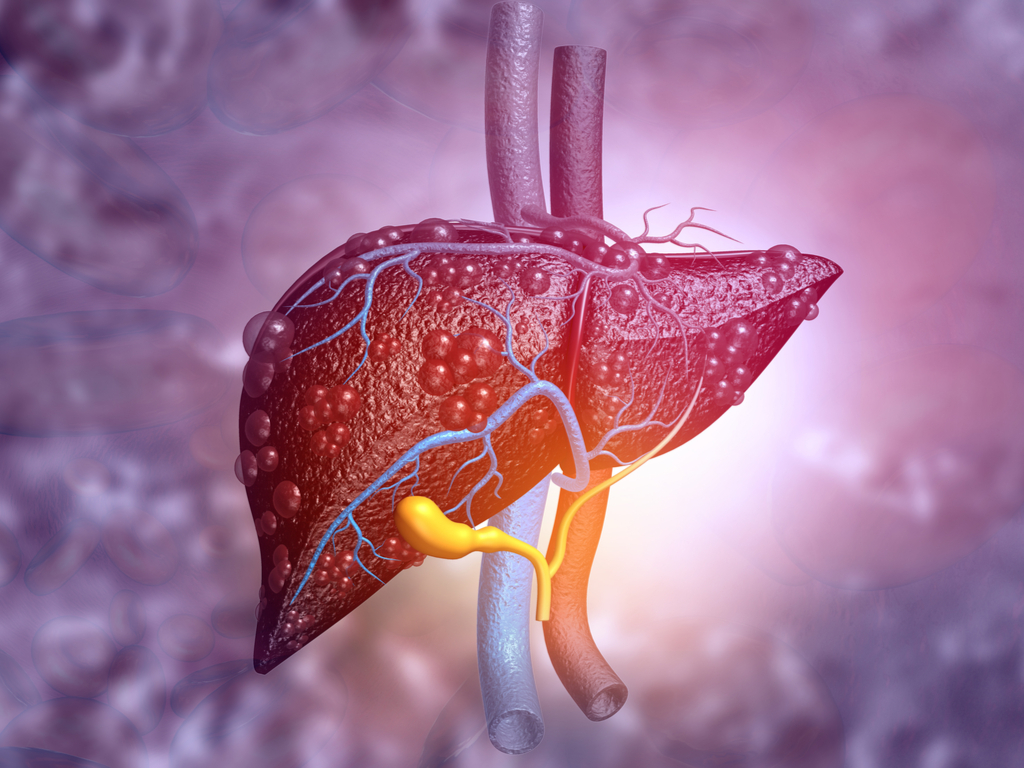When you purchase through link on our land site , we may earn an affiliate mission . Here ’s how it works .
I require to suck your … bacteria ? A " vampire " bacterium species , which pull round only by suck the life out of other bacterium , has had its genome sequenced , give away its potential to serve as a living antibiotic .
Researchers discovered that the bacteria hunts down prey and seize itself to the outer layer , or cellular telephone bulwark , of its victim , then sucks them dry of nutrients and vigor . In the ending , the " victim " bacteria is dead , which could present a very utile strategy for treatingbacteria - based human diseases .

The bacterium Micavibrio aeruginosavorus (yellow), attached to and leeching on a Pseudomonas aeruginosavorus bacterium (purple), surrounded by dead P. aeruginosavorus cells (gray).
" Pathologists may eventually be able to use this bacteria to fight fire with fervor , so to verbalise , as a bacterium that will aggressively hunt for and attack certain other bacteria that are passing harmful to humans , " study research worker Martin Wu pronounce in a statement .
What makes vampire bacterium tick
Micavibrio aeruginosavoruswas discovered over 30 class ago in wastewater . It has been difficult to hit the books in the lab , however , because it is contaminated by the other bacterium it feeds on .

In the new field of study , researcher at the University of Virginia used advanced genetic techniques to insulate and sequence the genome of the " vampire bacteria . " [ The 10 Most Diabolical and Disgusting Parasites ]
The genome showed that the vampire bacteria are n’t able to live on their own , even if all vital nutrient are available . That ’s because they do n’t have the genes necessary to enchant some constitutional nutrients through their cell wall , so they need to get them directly from other bacterium .
The team also see a chemical group of genes that belike act a role in how the vampire bacteria seek out and bind to their prey , and gene that enable them to carry food and energy from the bacteria they eat .

The researchers analyzed what genes were turned on during different stage of the bacteria specie ' life . When they are " on the hunting , " before they steady down into their vampirelike existence , genes were turn on that regulated the motion of the bacteria ’s prat and the perception of chemical signals in the environment . But during the confiscate - and - suck - dry phase , the research worker observe that genes involved in protein output got turned on . Those gene likely help to work up the bridges between the two bacterial cells and for the vampire bacteria to grow and divide in response to the usable nutrients .
Vampire treatment
Scientists have known that these kinds of vampire bacterium specie assail many unlike kinds of bacterium , including those that cause chronic lung infections in people with cystic fibrosis . If this vampire could be tame to kill off these lung infections , it could greatlyimprove survival of cystic fibrosispatients who often succumb to lung complication of their disease by the meter they reach 40 , the researchers said .

novel approach like these are needed to control bacterial population , especially those dangerous to human health , Wu said . Traditional antibiotic breed electrical resistance as the bacterium adapt to the drugs and " escape " their antibacterial burden . Thisresistance leads to super - glitch , bacteria that are resistant to multiple form of drug .
Using a inhabit antibacterial agent like the vampire bacteria would enable this bacterial " treatment " to conform along with the harmful bacteria , decreasing the likelihood that this impedance would develop , the researchers noted . With the succession of the vampire bacteria genome in hand , researchers will be able to better understand how it seeks out and aggress specific kinds of bacterial prey . This could , eventually , activate the scientists to tailor - make vampire bacteria to assail just a single case of disease do bacteria .
" It is potential that a living antibiotic such asM. aeruginosavorus — because it so specifically targets sure pathogens — could potentially reduce ourdependence on traditional antibioticsand help palliate the drug - resistance problem we are now face , " Wu suppose .

The study was published Sept. 21 in the journal BMC Genomics .













